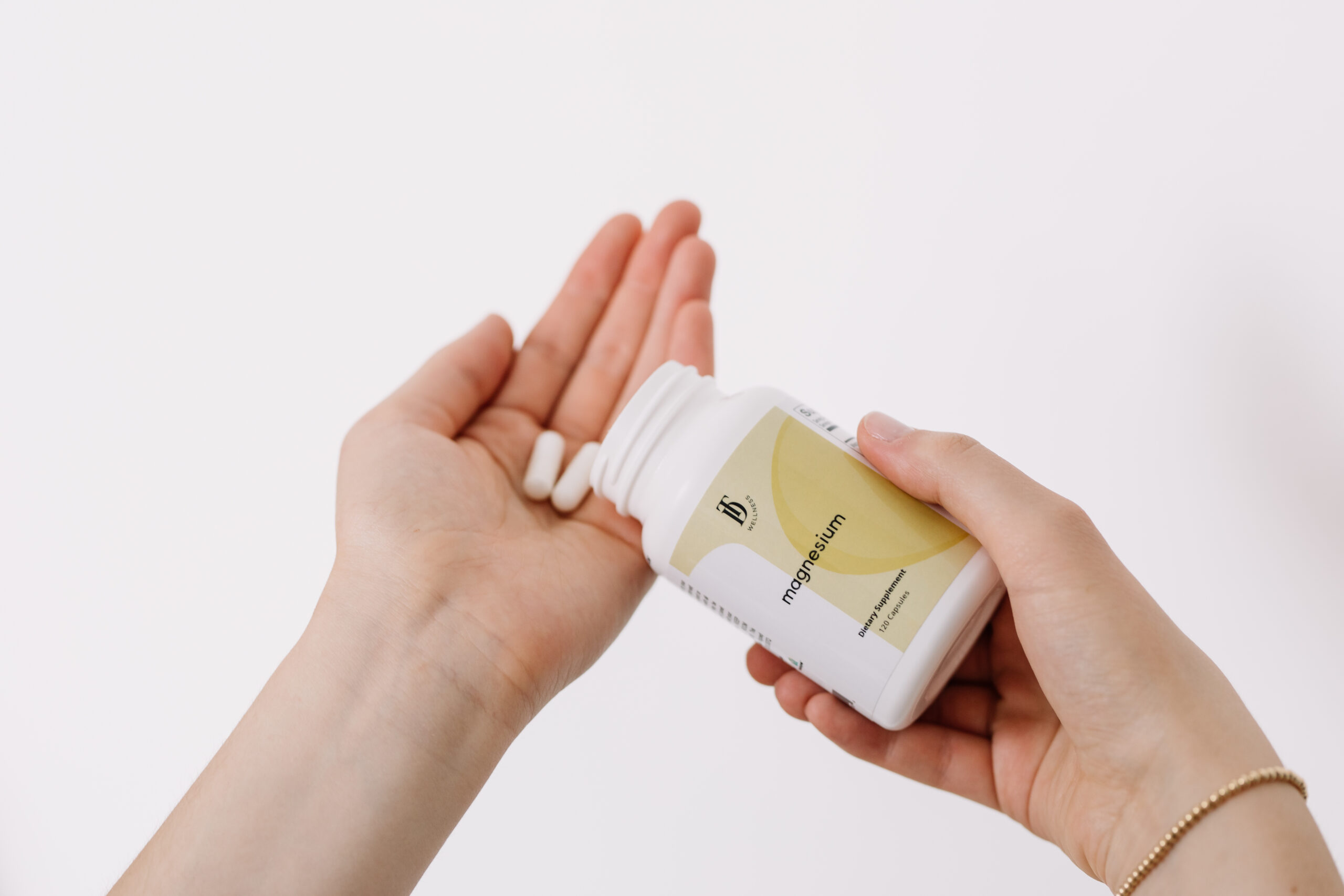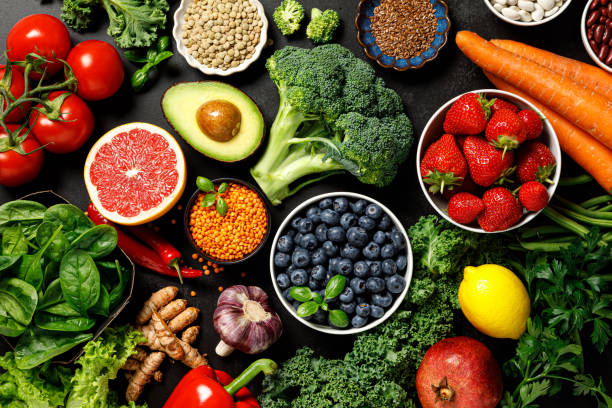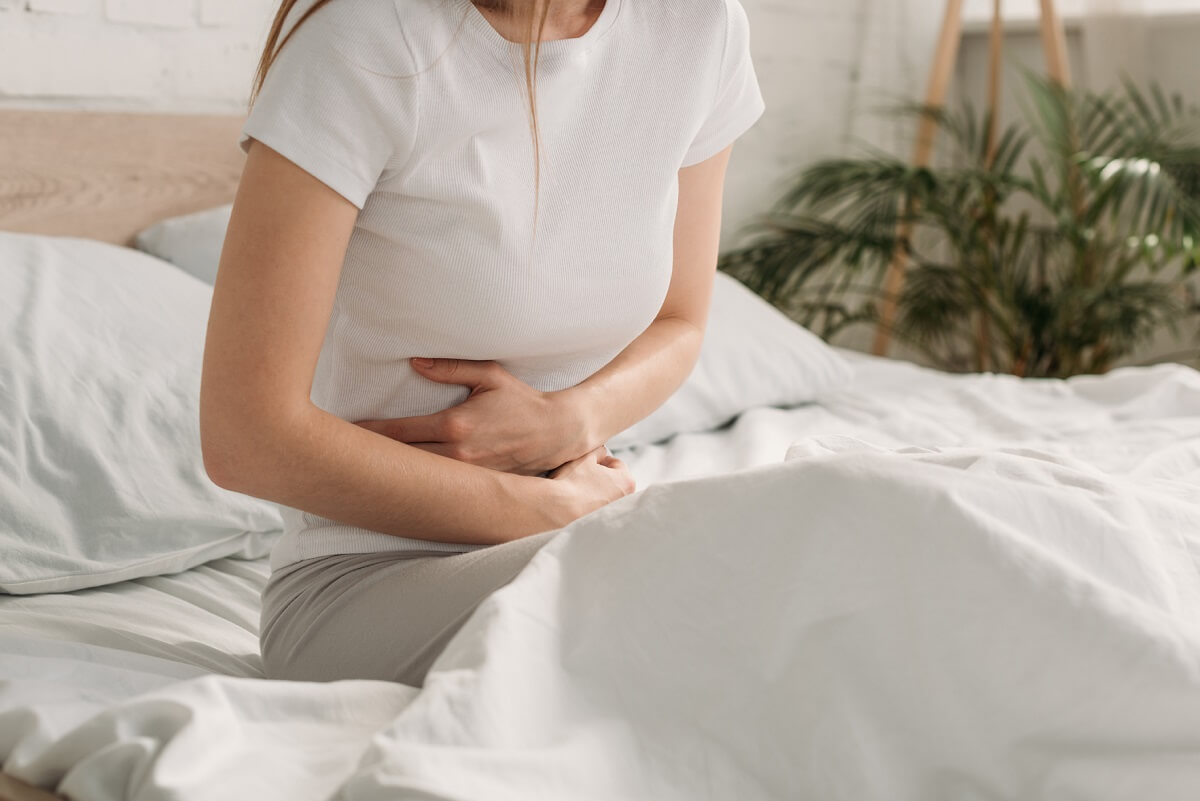Surprising benefits of a natural birth: And what to do if you can’t have a natural birth

I see you, mama. You’re contemplating the all-natural route in bringing your baby into the world. First, I want to congratulate you on the addition to your family! And next, I want to remind you that no matter what way your baby comes into the world, it’s a miracle to be celebrated!
As mamas, we can plan all we want, but in the end, sometimes even the best-laid plans are not possible. With that being said, it doesn’t mean you can’t or shouldn’t organize and advocate for your desired birth plan for baby!
Because things don’t always go as expected and plans may have to quickly change in order to do what’s best for baby and mama’s health, I’m including some alternative or additional thoughts to what might be your “ideal” plan. Even if you can’t have a fully natural + vaginal birth, you can still take measures to feel good about the decisions you make.
Let’s start off by jumping into all of the AMAZING benefits you and your baby can receive via an all-natural, vaginal birth.
Natural Release of Hormones
During a natural vaginal birth, your body will release a flood of hormones, like oxytocin, which encourages strong and effective contractions to help deliver your baby. Oxytocin will progressively get stronger as you get closer to pushing (positive feedback mechanism) to help encourage the process.
But the benefits of oxytocin don’t stop there. This flood of hormones creates a stronger bond between mama and baby. In fact, studies have demonstrated that mothers who give birth vaginally have greater activity in their brain when they hear their own baby’s cry that is associated with emotion and empathy and areas associated with motivation and behaviors.
Natural Birth vs. Epidural vs. C-Section
Natural birth
If you go ahead with a natural birth, you likely won’t be hooked up to wires. You’ll feel the pressure and contractions of natural birth. This is good! In this way, you can work with your body’s natural labor hormones. When you feel contractions, you’ll know how to efficiently use your energy, especially during pushing.
Epidural Drawbacks
Epidurals are known to slow down labor because they can block your body’s natural release of oxytocin. So if you’re progressing quickly and decide to get an epidural, know that it may slow your progression down. It will alleviate pain so you won’t feel contractions strongly, but this also means you may not push as effectively when it comes time to push.
C-section Drawbacks
When you get a c-section, the hormones (oxytocin and endorphins) aren’t released like they would be during a vaginal delivery. This reduces the bonding attachment that would typically occur in a natural setting. However, sometimes this is the necessary, best and safest option.
Gut Microbiome Transfer
Did you know that during a vaginal birth, some of the mother’s gut microbiome transfers to the baby? Y’all know how passionate I am about gut health, so this one is a massive benefit I want to highlight!
If you are able to have a vaginal birth, it will give your baby the best possible gut makeup (all those good bacteria you want!). Studies show that babies born vaginally tend to be healthier and have a lower risk of allergies, asthma and other chronic illnesses.
C-section babies don’t receive these important microbes, and they can lack strains of gut bacteria that protect against certain health conditions. This is because they didn’t have the exposure to mother’s microflora, which helps support the normal development of immunity. But guess what? You can still advocate for yourself and ask if it is possible to inoculate the baby with the good bacteria! This practice is also referred to as vaginal seeding. During this practice, you can get a cotton swab with vaginal flora and put it around the nose, skin, and mouth of your newborn.
You can delay baby’s first bath and leave the vernix caseosa intact (which is a white, creamy, naturally occurring biofilm). You should ideally leave this on for at least 6 hours, but preferably 24 hours. This gives your baby antimicrobial properties, aids in the gut microbiome transfer, helps with thermoregulation, and helps keep your baby’s skin from drying out.
To be induced or not?
Pitocin, the medication used for induction, is a synthetic form of oxytocin (a natural hormone that is normally released from your pituitary gland), which helps promote contractions to get labor started. However, Pitocin is given in larger doses than what is normally released during natural labor. This could lead to fetal distress, which may increase the likelihood for need of forceps or c-section for birth.
The extra intense contractions caused by Pitocin could also cause an interruption in oxygen-rich blood flow from you to your baby. It may be in your and your baby’s favor to hold off induction until/if medically necessary.
Moms are often eager for induction because let’s be honest, who doesn’t love a well-planned situation? But the reality is, it truly is like an eviction notice for baby when they may not be ready for birth. Remember, God made our bodies, our baby’s body, and birth uniquely to work together.
There are, however, times and places when medical inductions are not only beneficial but necessary. I just want to point out that I often see inductions unnecessarily scheduled. Especially for first-time mamas.
Perks of Movement During a Natural Birth
When you have a natural birth, you’ll also be able to feel and use your legs, allowing you to move around. You can find positions that feel best since you aren’t limited to lying in your bed.
Moving around can also help labor progress more quickly as well as aid baby’s head in moving downward to an optimal position. If you want to hop in a warm bath or shower, you can do that. If you want to get into a squatting position or on a birthing ball to help get baby’s head moving down, you can do that!
If you have an epidural, you’ll be limited to laying on the bed, so you can’t really do much outside of waiting things out.
Skin-to-Skin Benefits
Whether you give birth naturally, have an epidural, or have a c-section, skin-to-skin can benefit both mom and baby. Skin-to-skin (and breastfeeding) can promote the release of oxytocin, which increases bonding and attachment. You’ll want to bring your baby up on your bare chest as soon as you can after giving birth to help reap the most benefits.
The first hour after delivery is most important for thermoregulation, reducing stress for both mom and baby, and bonding. Skin-to-skin can even help with breastfeeding and reducing baby cries.
Don’t be hard on yourself if you plan for a natural birth, but your baby has other plans. There are still ways to help you and your baby during this time after birth.
What to do if you can’t have a natural vaginal birth
-
Consider vaginal seeding
-
Practice skin to skin
-
Breastfeed to boost baby’s immunity and promote bonding
-
Babywear to increase attachment and help reduce crying
If you want to give birth naturally, I highly recommend:
-
Reading books on natural birth
-
Taking a natural childbirth class
-
Hire a doula and well-rated midwife
-
Get your partner involved early
-
Choose a home birth or birthing center
-
Watch birth videos or talk to a mama friend about what to expect
You can read my birth story here with my first son. I also have a 3-part pregnancy series to help you have a happy and healthy pregnancy journey:
Pregnancy Series Part 1: The Essentials for Preconception
Pregnancy Series Part II: How to Have a Healthy Pregnancy Journey
Pregnancy Series Part III: Navigating The Postpartum Period
Stay Updated With Exciting News at Taylor Dukes Wellness!
We are always working on new ways to serve you on your health journey. Be the first to know about new offerings, health articles, and more by clicking here and filling out your information so we can be in touch.
Share This Post:
Your Wellness Deep Dive
- Be the first to learn about new healthy living resources, blog posts, and exclusive TDW offerings by getting on my insider list.
- Find healthy living products with ingredients you can trust – the same ones I personally use for myself and my family – in the TDW Shop. Check out our protein powders, electrolytes, supplements, and more!
- Get personalized support through the TDW Community. When you become a member, you get access to functional medicine expertise from me and my team, functional medicine lab testing and 1:1 consults, a digital library of exclusive wellness content, live monthly Q&As with me, and so much more!
YOU MAY ALSO LIKE:
Helping you get your gut right, improve energy, boost immunity, balance hormones, sleep better and look + feel your best
DISCLAIMER
PRIVACY POLICY
TERMS + CONDITIONS
ACCESSIBILITY
© 2025 Taylor Dukes Wellness
LEARN
SHOP
ABOUT
TDW Community
Free Guides
Blog
TDW Store
Fullscript
About Taylor
Press
Contact
COOKIE POLICY
SITE CREDIT
Trusted Products



